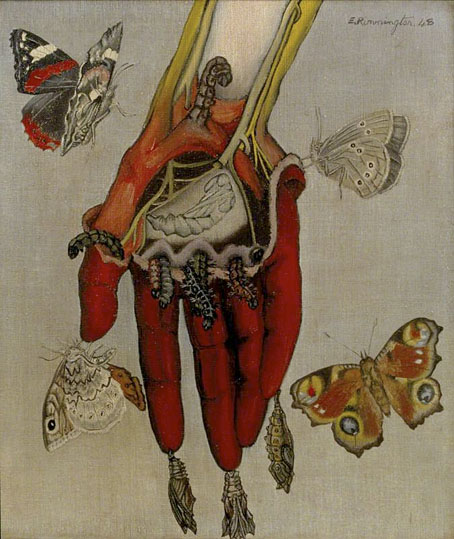
El Condor Pasa (Paul Nero In South-America) (1970) by Paul Nero Sounds.
It’s the groovy look again. Since compiling a list of artists and designers working in this post-psychedelic style I keep finding practictioners I hadn’t noticed before. German designer and art director Ulrich Eichberger is someone I might have spotted earlier if I’d examined his discography, especially when several of the albums he worked on are ones I’ve owned for many years. The covers of those albums aren’t very psychedelic, however, and don’t even look like the work of the same designer until you scrutinise the credits. The examples here are those where he was working as a cover artist as well as designer, favouring the ones where the pop-psych hallmarks are in evidence: vivid colours, bold outlines, and faces or figures treated to various degrees of stylisation. Elsewhere, the influence of Heinz “Yellow Submarine” Edelmann may be seen in the watercolour blooms that fill the backgrounds. Most of these designs are for the German wing of United Artists Records (or its Liberty affiliate) which means that Eichberger got to work for two of the major German groups of the early 70s, Can and Amon Düül II.

Partyrausch – Das Ideale Tanzalbum 70/71 (1970) by Various Artists.

Tago-Mago (1971) by Can.
I’ve never thought this was a very good cover but it’s the most popular album of those listed here.

Partyrausch 71/72 (Das Ideale Tanzalbum) (1971) by Various Artists.

In The Groove (1972) by Charly Antolini.
Included mainly because of the title.





